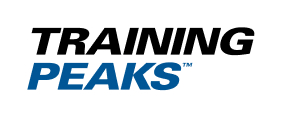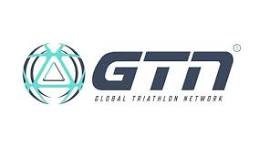Do you have an event coming up? Here’s how to taper.
Tapering is the best way to make sure you’re 100% fresh for all your target races. It involves reducing your training load so you’re at peak fitness at the right time. Get it right, and you’ll increase your chances of having a great race.
There are lots of ways to taper, but research indicates that “lowering your training volumes by about 41-60% induces positive physiological, psychological and performance adaptations”.
That all sounds great, but tapering can feel unnatural. You might worry about losing fitness or gaining weight. Or that you’ll miss the endorphins that hard training gives you. You might even feel tired and stale during your taper period.
Then there are pre-race nerves. As I write this, I’m tapering for the London Marathon and I keep imagining I have a cold. Plus, I keep checking the weather report, as if my life depends on it.
I have twenty years of experience, but I still get nervous before big events. You will too. A sensible taper plan helps, because it removes uncertainty from your final week. You just follow your plan, safe in the knowledge that you’re doing the right thing.
Duration, Volume & Intensity
The key to a good taper is getting the balance right. You don’t want to do too little, or too much. It all boils down to three things.
- Duration (how long you taper for).
- Volume (how much you do).
- Intensity (how hard you work).
The duration of your taper depends on how important the race is to you. For a low-key 5km run, you could just take a day off before it. Whereas for a big marathon or IRONMAN, you might taper for two weeks.
It’s important to decide which are your high and low priority races. Because if you do a two-week taper for every single event, you might eventually lose fitness. Some events require shorter taper periods. Start by prioritising all your events into A, B and C categories, so you can taper accordingly.
The A races are the most important ones. The events you really want to be fresh for. Taper for 2 weeks for these.
Whereas ‘B’ races are quite important, but not the main goal of your season. A four-day taper is enough for these.
Lastly, you have ‘C’ races, which are events you do for fun or as practice for your big goals. Taper for 24-48 hours for these.
Tapering For Your Target Event
Let’s say you’re doing a two-week taper for a big race. That means you should start tapering two weeks out from race day. Here’s how to do it.
Week 1 of Your Taper
Starting two weeks before race day, your training volume should be around two-thirds of what you do normally. Train on all the same days as usual, but make the workouts shorter. For example, if you normally swim for an hour, do 40 minutes instead.
Your intensity should be the same as usual. For example, if you normally do intervals on a Tuesday, stick with this. Just do two thirds as many repetitions as usual.
Week 2 of Your Taper
In week two (race week), start by taking the Monday as a total rest. This helps you recover from the previous week, and ensures you start your final week feeling ok.
Then train as normal between Tuesday and Friday – except that you do half of your normal duration. For example, your two-hour easy ride becomes a 60-minute easy ride instead. And if you normally do interval training, do half as many repetitions as usual.
Then take the final Saturday as a total rest day, assuming your race is on a Sunday. This helps ensure you’re well-rested before race day. It also gives you an opportunity to register and get ready. Or you could just relax instead.
So that’s how to taper, in a nutshell. It’s not rocket science, but pre-race nerves can make it seem more complex than it really is.












